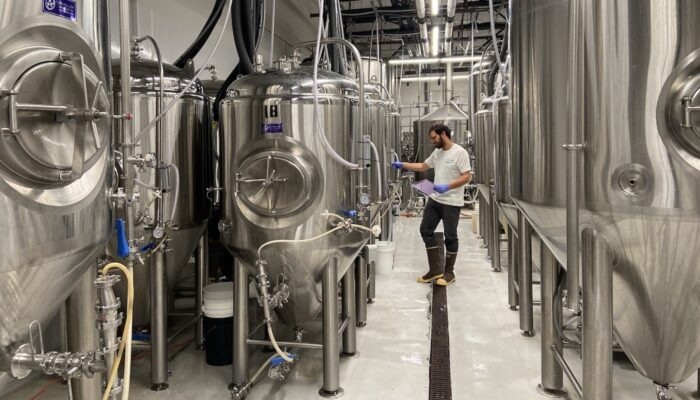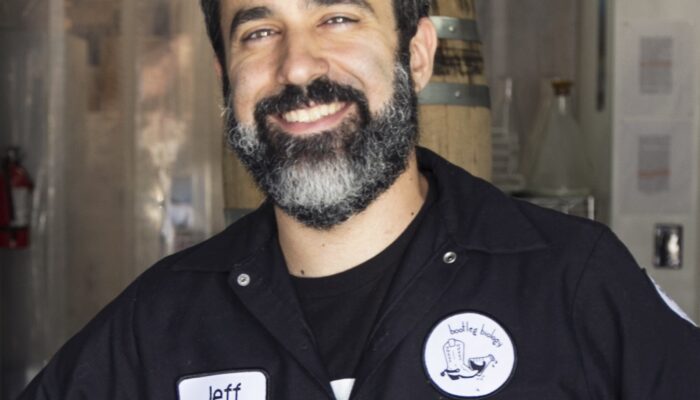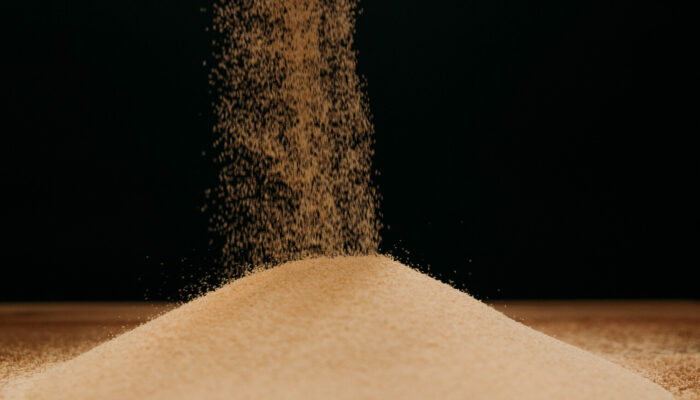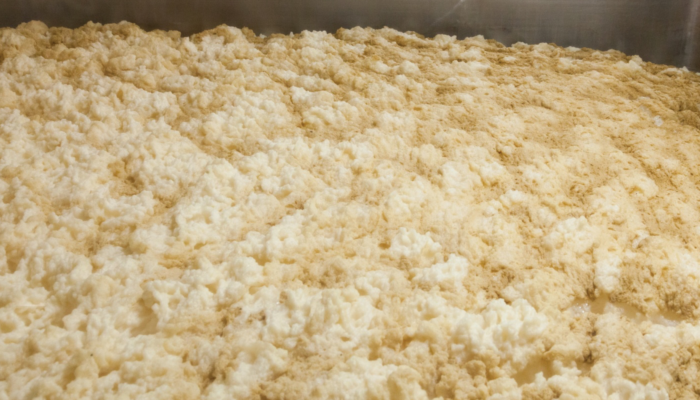Category: Yeast
Yeast used in the fermentation of craft beverages
Sponsored Fermentation Analysis – Understanding Free Amino Nitrogen (FAN)
Free Amino Nitrogen (FAN) is a critical parameter in beer analysis that leads to a healthy fermentation, and thus better beer quality. It is a measure of the concentration of amino acids and small peptides that are essential for yeast metabolism. In simpler terms, it is an indicator of the amount of food that is available for yeast, helping them convert sugar into alcohol during the brewing process more effectively.
(more…)

Yeast featured expert topic supported by Lallemand Brewing
Supported by decades of long-standing industry experience, an extensive support network and strong technical expertise, Lallemand Brewing is positioned to help your brewery achieve its growth and quality goals. Whether you're a startup, a global leader in beer production or anywhere in between, we have something for you. At Lallemand Brewing… We Brew With You!
Expert Topic Genetically Engineered Yeast Leads Innovation in the Category
When it comes to the raw ingredients in beer, hops get all the hype. Malt is increasingly shown the love, and water is universally respected. Yeast has its fans, and there is no underestimating its importance, but it doesn’t come up in conversation with brewers in the same way hops do.
(more...)
Sponsored Documenting Beer Flavor for the Professional Brewer
No matter how often we drink a beer, it’s not often we actually taste it. Our palates are the most critical instrument at our disposal, yet they are often underutilized or misused. How can you use lab techniques and instrumentation in conjunction with your senses to develop a quality assurance program for your brewery?
(more…)
Sponsored A Deep Dive Into Lager – Traditional Beer Style and Modern Yeast Perspectives
Learn the essentials of lager beer from one of Germany’s most respected beer institutes. Join Mathias Hutzler from the Research Center Weihenstephan for Brewing and Food Quality (Technical University of Munich) for a discussion of lager beer history and production methods followed by a presentation of modern lager yeast and fermentation solutions by Eric Abbott (Lallemand Brewing).
(more…)
Expert Topic Brewing with Dry Yeast
Yeast, the most necessary ingredient in beer, arrives at breweries in many forms. Today we consider dry yeast and the role it can play in brewing and fermentation. John Holl spoke with Jan-Philippe Barbeau, the regional sales manager for Canada at Fermentis by Lesaffre about the product and how brewers can best implement it into their processes and recipes.
(more...)
Brewing a Truly Local Beer — Wrangling Local Yeast
With the talk of shifting hop regions and the continued rise of local maltsters, let us not forget yeast. The miraculous microbe lives all around us but unless we’re talking about coolship ales, there is not much of a focus on brewing with local yeasts.
(more...)
Dr. Richard Priess Discusses Brewing with Kviek Yeast
In a relatively short time, historically speaking, brewers have rediscovered Kveik and been using it in earnest. The Norwegean yeast has helped cut fermentation times way down, a boon for small breweries looking to quickly get beer, especially IPAs to market.
(more...)
Expert Topic Lance Shaner of Omega Yeast Talks About Latest Innovations in Yeast
While hops get a lot of the attention from brewers and drinkers alike, and malt has intrigue, especially as the craft segment of that ingredient is on the rise, there is another area that deserves renewed focus.
(more...)
Expert Topic Finding A House Culture With Matt Manthe of Odd Breed Wild Ales
Sour has become a catchall word for a variety of beers, including what many breweries call “mixed-fermentation.” As the United States nears 10,000 breweries, finding a way to stand out has become both critically important and increasingly difficult. Cultivating a house yeast culture or experimenting with different yeast strains are ways to create beers that are uniquely yours.
(more...)
Yeast and Fermentation
The main purpose of the fermentation is to allow the yeast to convert the sugars from the wort into alcohol. Other yeast byproducts are also produced as a result of normal cell functions of survival and growth. These include fusel alcohols, esters and aldehydes which will determine the character of the beer. The different flavors are influenced mostly by the yeast strain but also by fermentation parameters (temperature, pressure, pitching rate etc…). From that point of view, trials are key to finding your perfect and unique product! Towards the end of the fermentation, the yeast will start to flocculate and accumulate at the bottom of the fermenter, even for ale strains if the fermentation is performed in a cylindro-conical vessel. This phenomenon will help greatly the clarification process of the beer. The yeast should not sit in the cone for long periods as it will likely deteriorate very quickly due to the stress imposed by the brew (alcohol, pressure etc…). If it cannot be re-used straight away, it should be stored appropriately (see section on yeast storage).
(more...)
All About Yeast Contamination
Contamination affects the quality of the beer. Most contaminants will produce off-flavors, acids and non-desirable aromas. They can also produce hazy beers and films. They may compete with the production strain for essential nutrients; they can also induce stuck fermentation or over-attenuated beers. There are two major groups of microorganisms responsible for contaminating wort and beer: 1) Wild Yeast and 2) Bacteria.
(more...)






